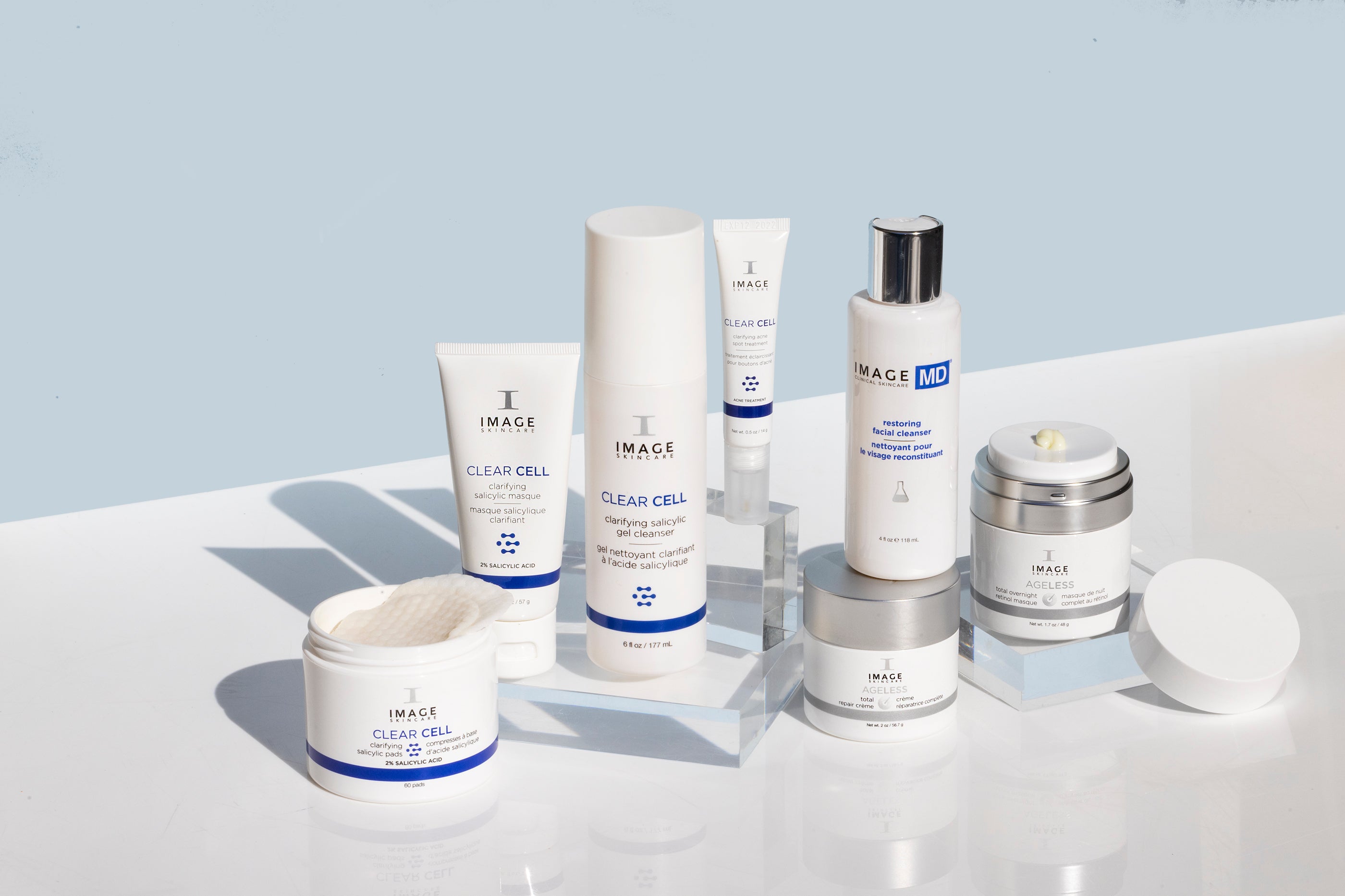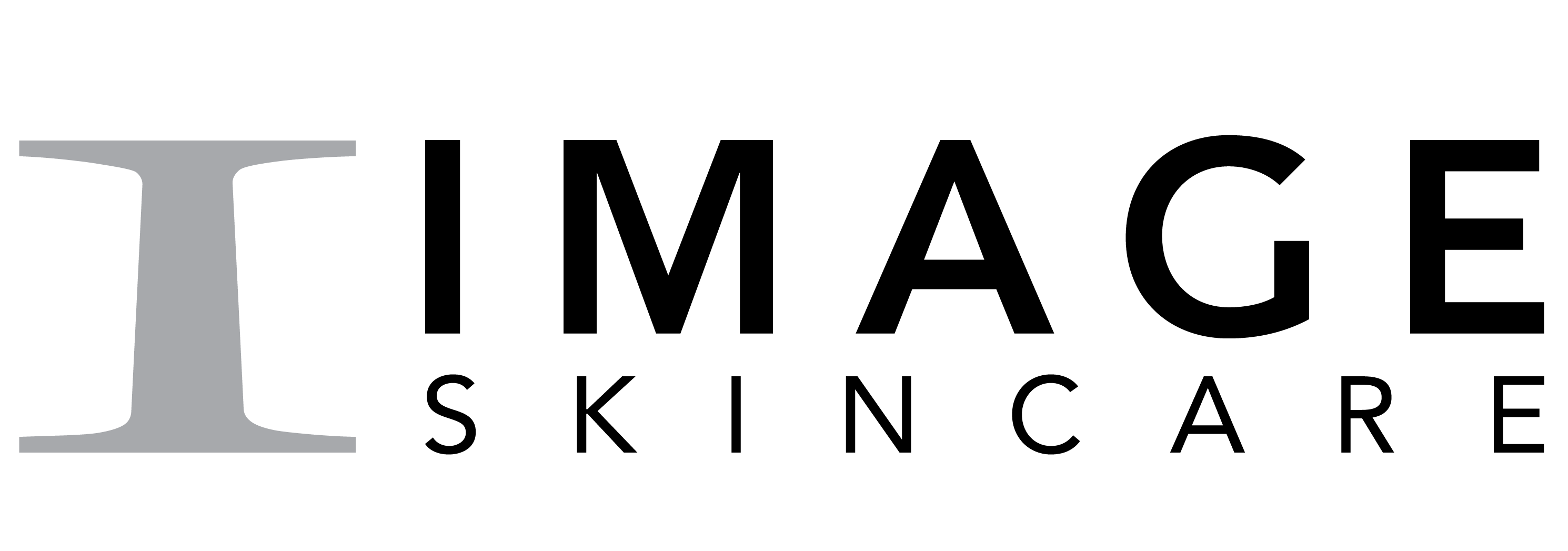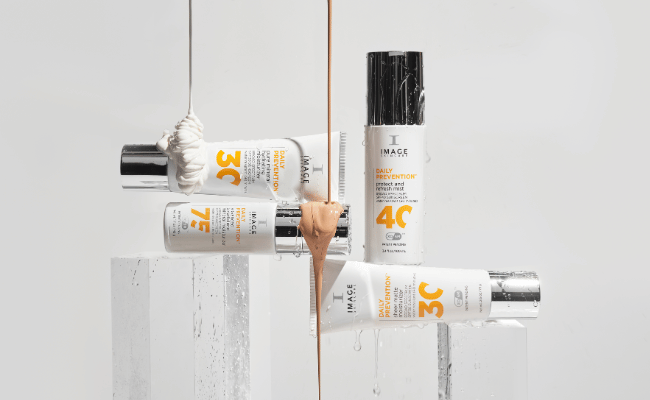
Glycolic Acid vs. Salicylic Acid: Which is Better?
In your search for the perfect skin care products, you may have come across various different acids. Hyaluronic acid, lactic acid, ascorbic acid, and more. Just the word “acid” may seem a bit intimidating when it conjures up images in your mind of harsh chemicals stripping your skin of any beneficial natural oils.
However, when used correctly and appropriately, each of these over-the-counter acids can provide a range of benefits to your skin. Two of the more common acids in the skincare lineup are glycolic acid and salicylic acid.
Both of these ingredients can be derived naturally, or created in controlled conditions of a laboratory. They are extremely common in a variety of facial cleansers, skin serums, toners, and more.
Regardless of their origins, let’s take a closer look at glycolic acid vs salicylic acid, and how they may be able to bring a range of different benefits to your skin.
What is Salicylic Acid?
One of the plant-based beta hydroxys, salicylic acid can be found naturally in both the leaves of Gaultheria procumbens, or the Wintergreen tree, as well as the bark of Betula lenta, or the Sweet Birch tree.
Salicylic acid is a lipophilic molecule, which means it is attracted to lipids and blends better with oils than it does with water. This makes it an outstanding ingredient to have in your skincare products if you are prone to oily skin.
While salicylic acid is a topical ingredient, its molecules are small enough to soak deep into your skin where it can effectively remove built up dirt, sebum, and other undesirables from your pores. In addition, it can also be used for a variety of anti-inflammatory purposes.
When to Use Salicylic Acid
Salicylic acid can soak deep into your skin, which makes it the best choice for anyone that is prone to clogged pores and related issues such as acne, blackheads, and whiteheads. When used correctly and regularly, cleansers such as our CLEAR CELL salicylic gel cleanser can clean your skin at the deepest level in order to restore a healthy glow.
One of the benefits to salicylic acid is that while it is one of the more powerful beta-hydroxy acids, when used correctly it does not have the same skin drying effect as some other similar ingredients. This makes it a superb choice for anyone with combination skin, or who may suffer from regular acne breakouts.
Our CLEAR CELL clarifying acne spot treatment blends 2% salicylic acid with other skin nourishing ingredients such as tea tree oil, ginger root extract, and purified maris aqua. This provides effective cleansing of your pores, while also providing soothing anti-inflammatory properties.
What is Glycolic Acid?
While salicylic acid is part of the beta-hydroxy group, glycolic acid falls into the alpha hydroxy category. While it does not have the same deep penetrating properties of salicylic acid, glycolic acid can provide a gentle yet effective cleansing and soothing feel to the surface of your skin.
When found naturally, glycolic acid is one of the molecular makeups of sugarcane, but can also be formulated in a laboratory if highly controlled conditions are necessary for a specific quality of acid. It is one of the more gentle acids found in skin care ingredient lists, but can still provide excellent exfoliating properties.
When to Use Glycolic Acid
One of the best and most commonly practiced ways to use glycolic acid is with facial peels. Often called ‘fruit peels’, these gentle yet soothing glycolic-based peels are outstanding for removing the top layer of dead skin cells through gentle exfoliation. This process also helps encourage new cell growth and renewal for a brighter and more youthful appearance.
In addition, glycolic acid is very commonly used in skincare routines for those with acne. When used on a regular basis, glycolic acid alone or in combination with other hydroxy acids such as those found in our IMAGE MD restoring facial cleanser can not only exfoliate and cleanse your skin, but can also brighten up dull complexions.
One of the best ways to make use of glycolic acid is when targeting the signs of aging, especially around the eyes, lips, and other delicate skin. Since alpha hydroxy acids are more gentle than their beta-hydroxy partners, they are great for targeted serums.
We love our AGELESS total eye lift crème because it combines glycolic acid with vitamin A to specifically target the appearance of fine lines around your eyes and puffiness below the eyes. It has been formulated to leave your skin feeling refreshed and revitalized.
Which Is Right For Your Skin?
As with every ingredient, getting the best results for your skin can depend on a range of different factors. In general, both salicylic acid and glycolic acid can have an effect on reducing the appearance and redness of acne, but the anti-inflammatory benefits salicylic acid can offer make it the superior choice.
For chemical peels, both salicylic and glycolic acid can be used, but the slightly more aggressive approach from salicylic acid can potentially be more drying on your skin than glycolic acid.
If you plan to use chemical peels regularly, glycolic acid is the more preferred choice - but for a one-time targeted approach to certain skin issues, the more aggressive salicylic acid may be preferred by your dermatologist.
Since salicylic acid has a more drying effect on your skin than glycolic acid, it is a much better choice for oily skin. If you are prone to dry skin or have regular skin, using a salicylic acid facial peel can remove too much sebum and natural oils leading to more issues than when you started.
In short, glycolic acid is a better choice for individuals with non-oily skin, that are not prone to acne breakouts, may have some hyperpigmentation, or want to target the signs of aging.
Salicylic acid, on the other hand, may be better if you have oily skin, are prone to acne breakouts or clogged pores, and are in search of a targeted treatment for these issues.
Blended together, a combination cleanser or cream can target a range of skin issues including hyperpigmentation, acne, inflammation, and more.







